It’s been a wet and rainy autumn and you may have noticed that this has been fantastic for fungi! Here’s a gallery of recent fungi sightings from Portway Hill, with a couple of photos from the more recent cold snap too.


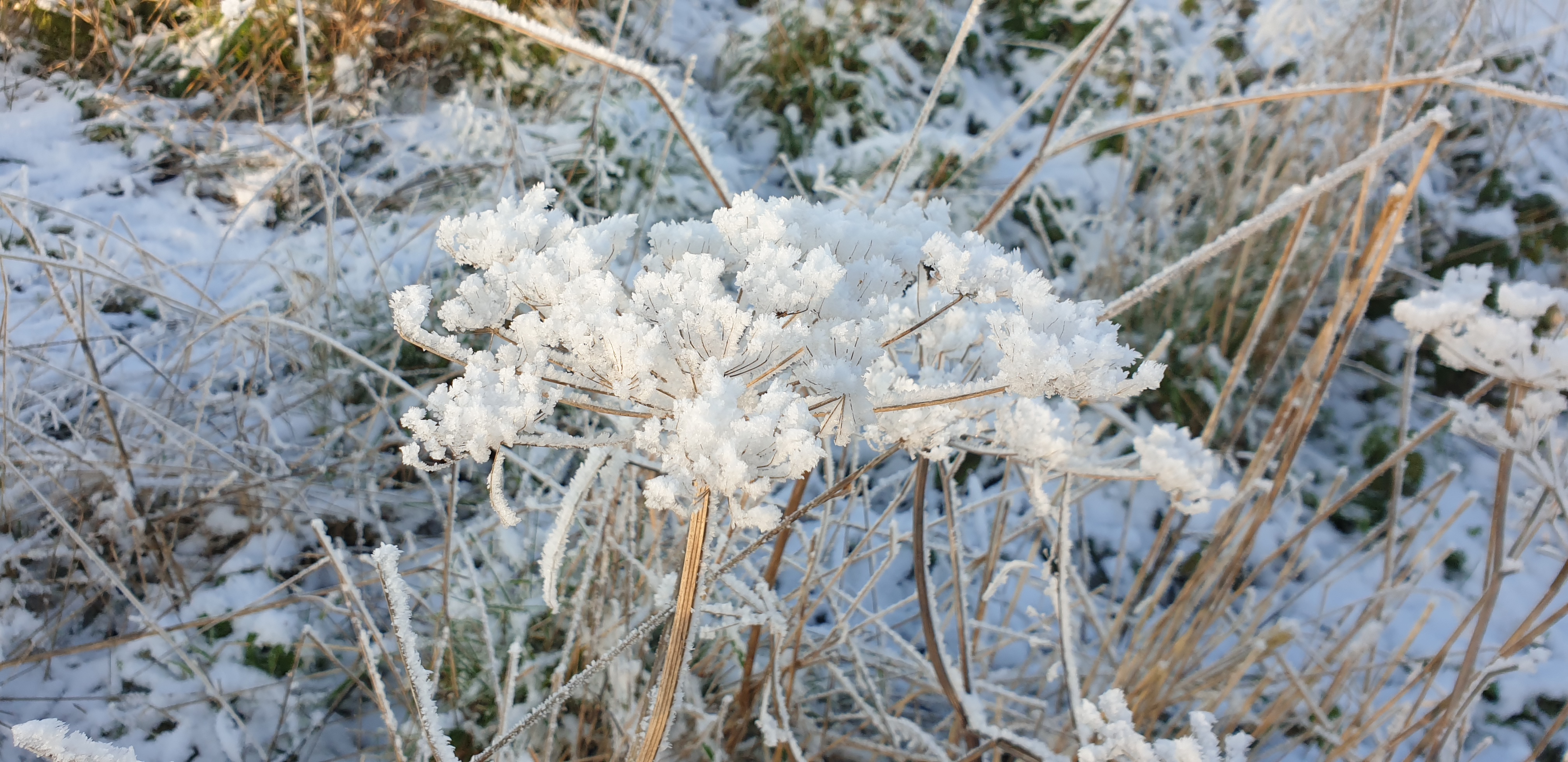
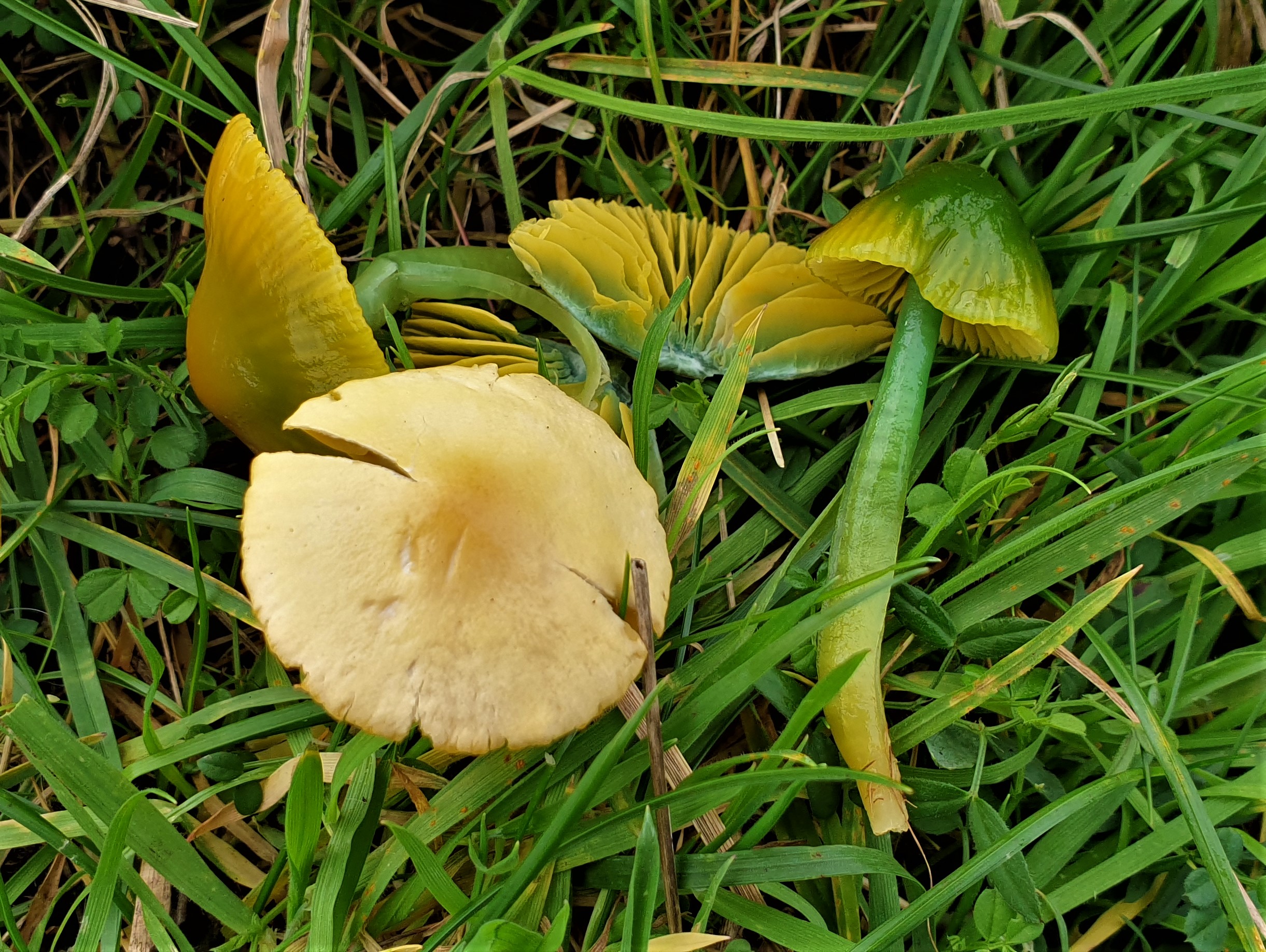

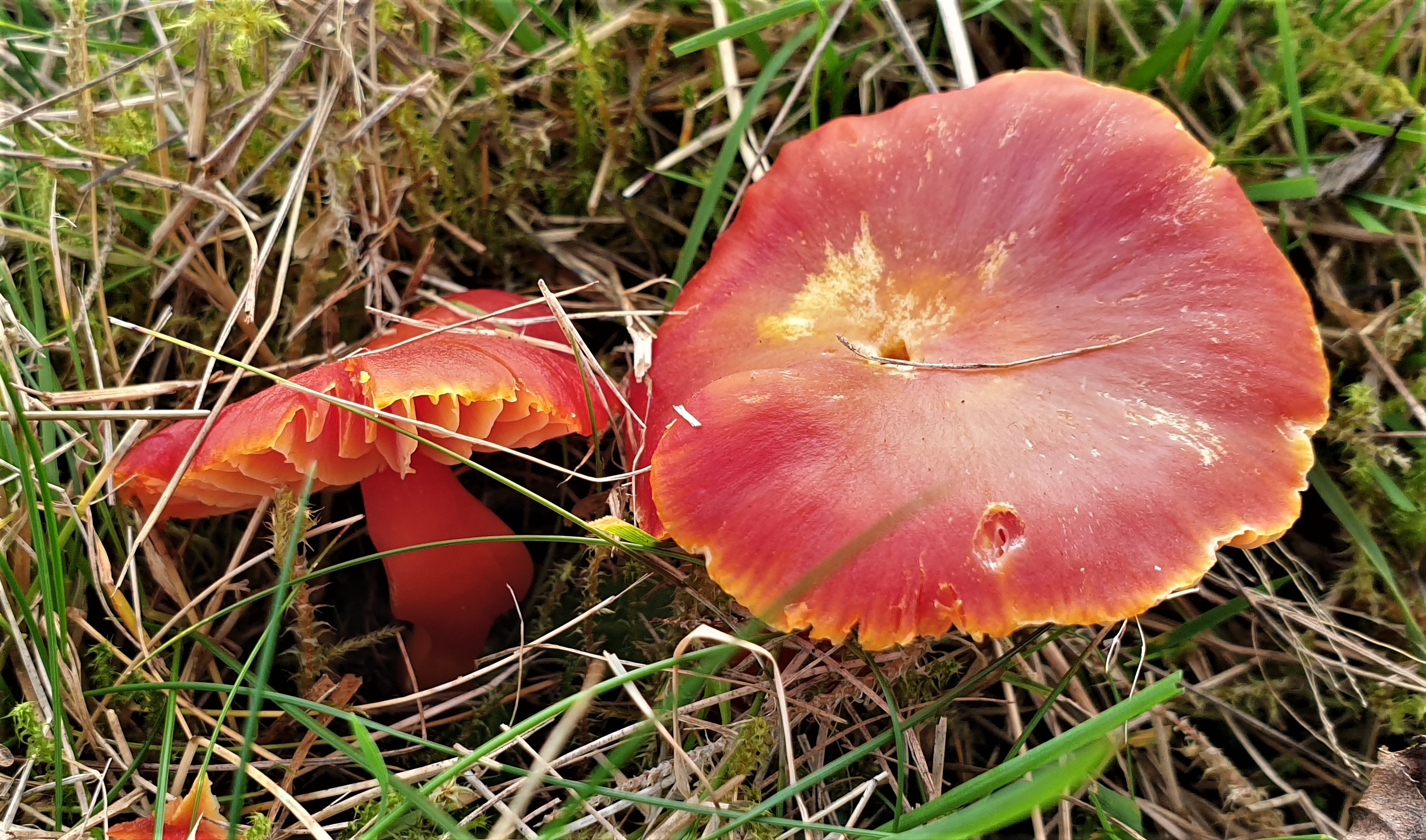
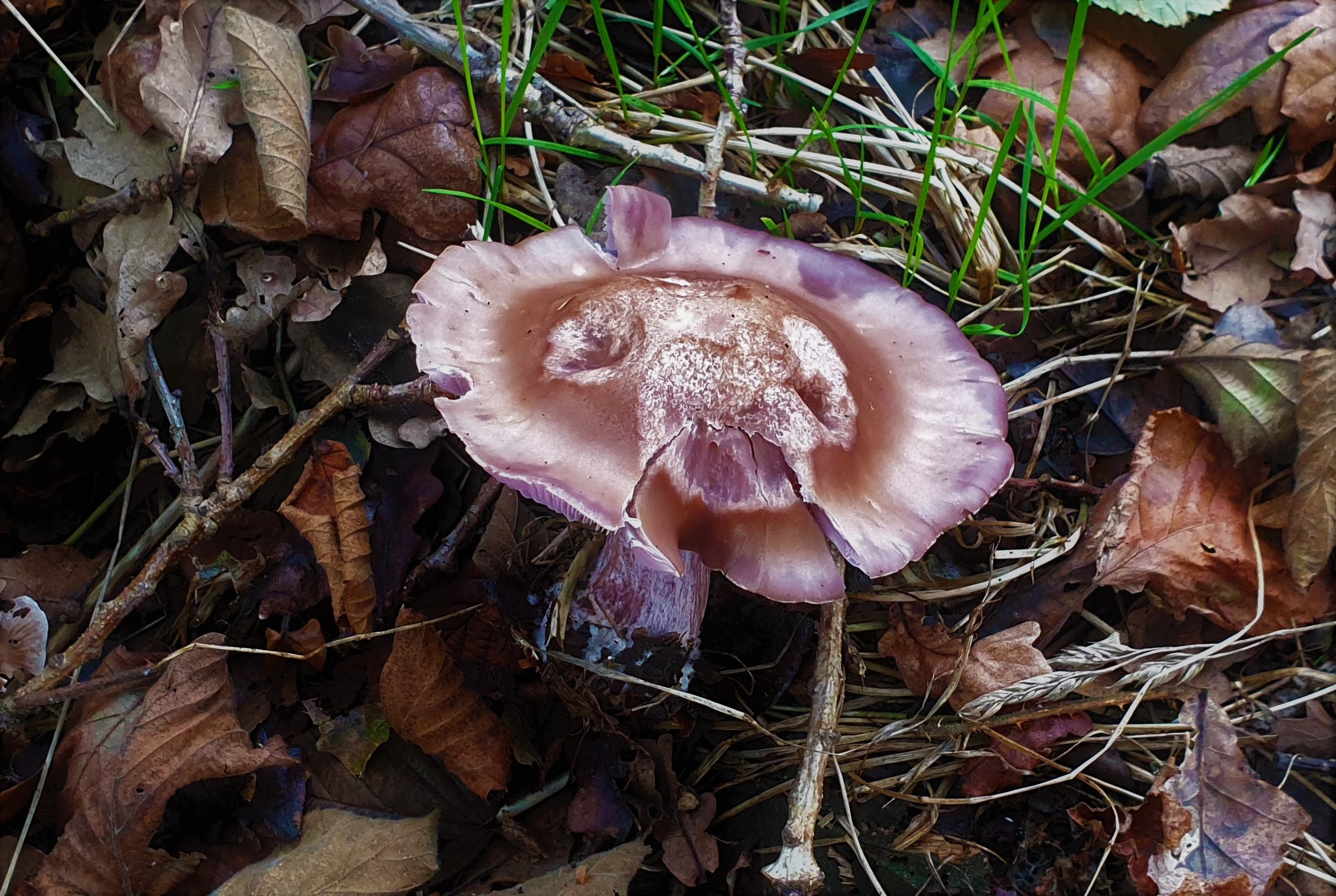
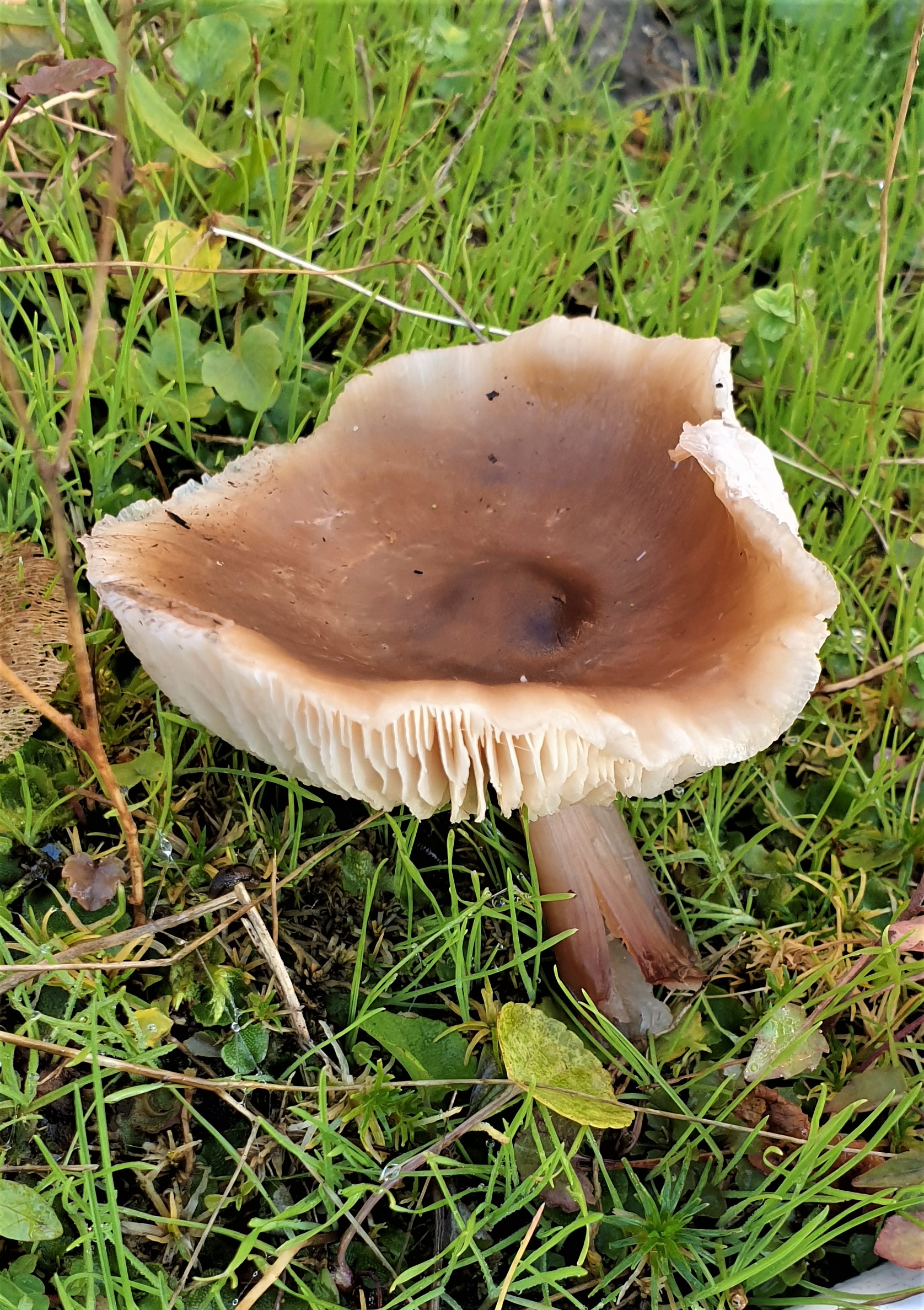

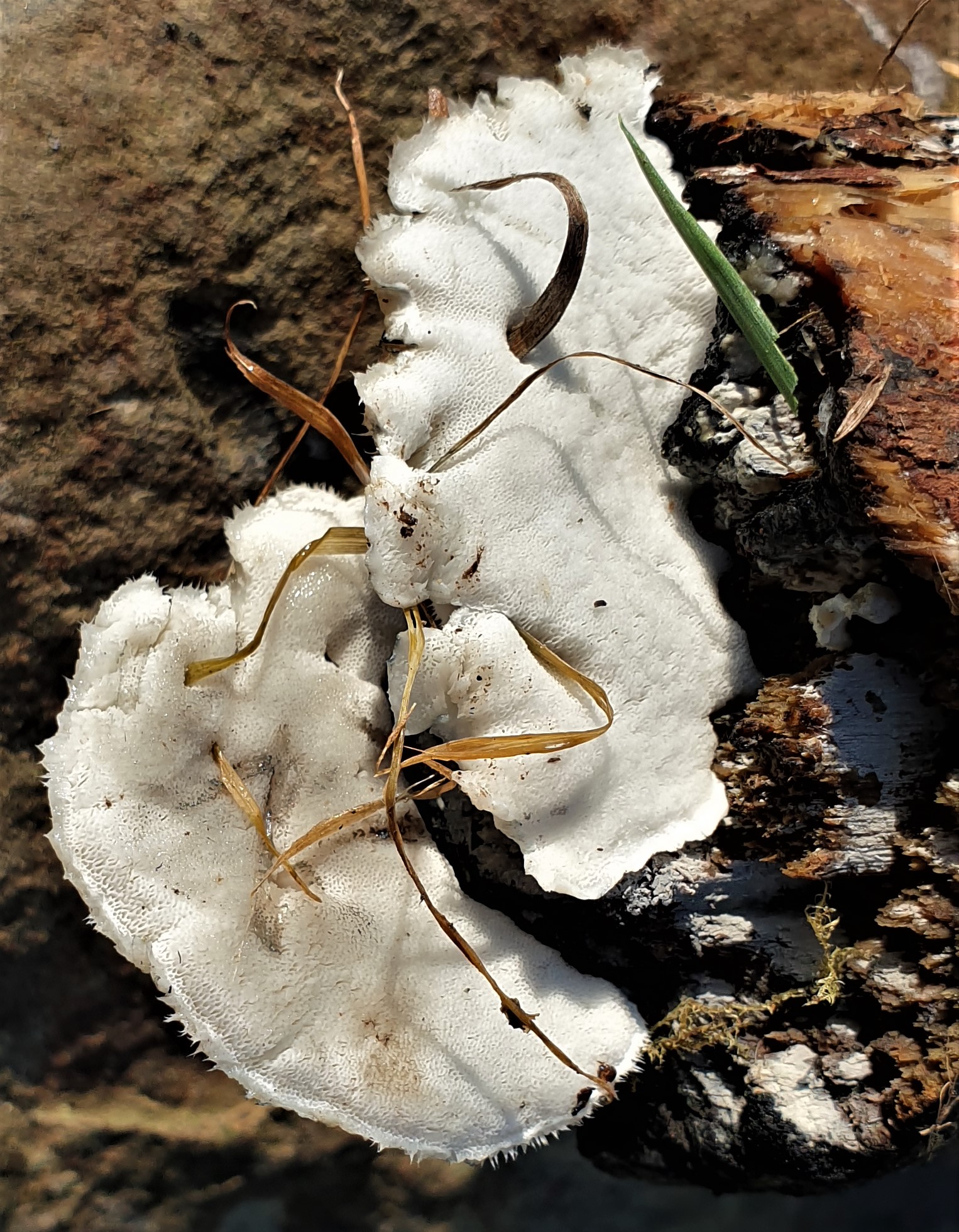

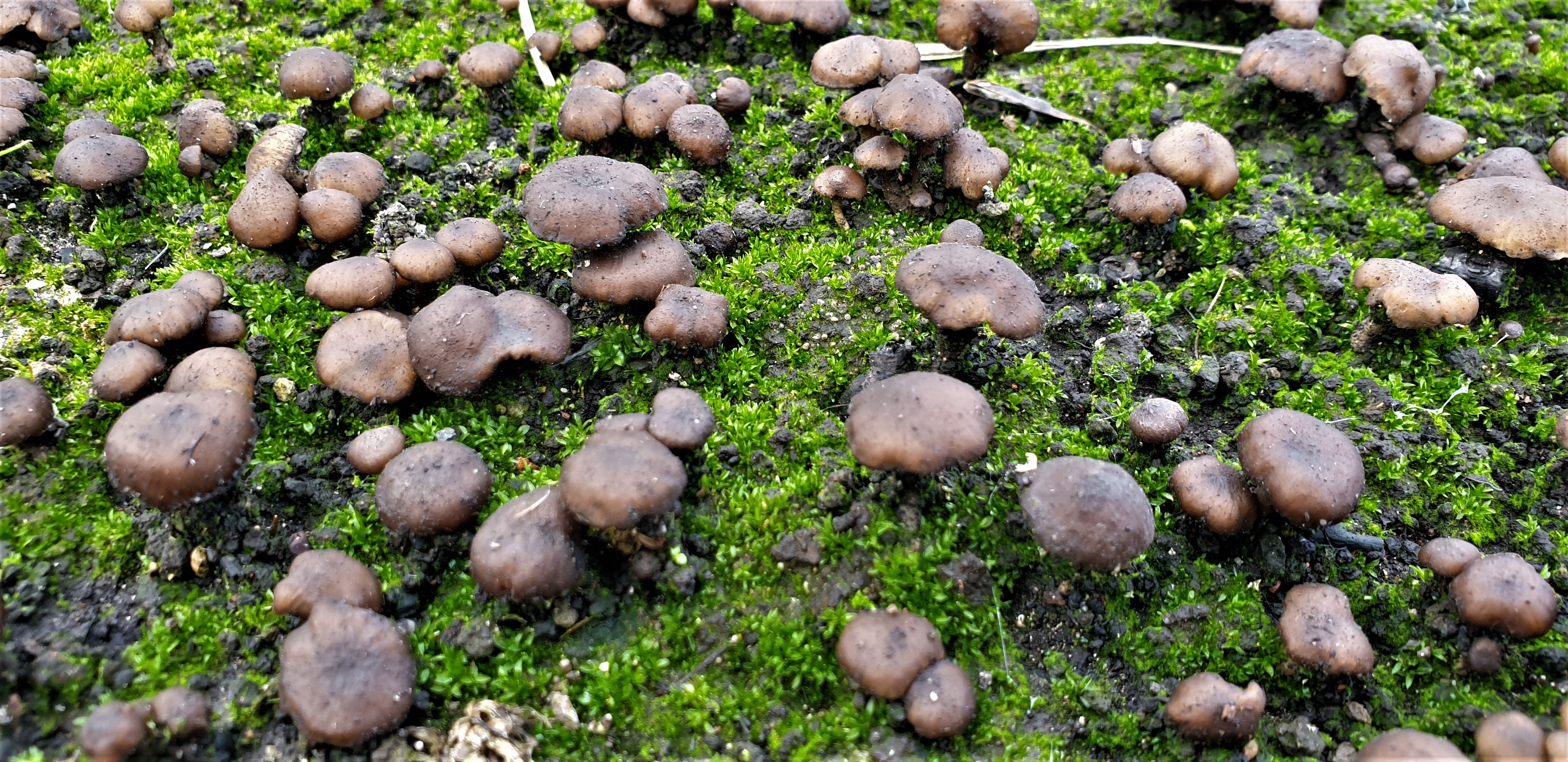



It’s been a wet and rainy autumn and you may have noticed that this has been fantastic for fungi! Here’s a gallery of recent fungi sightings from Portway Hill, with a couple of photos from the more recent cold snap too.














Here’s a bumper crop of interesting sightings from the Rowley Hills over the summer and autumn this year!
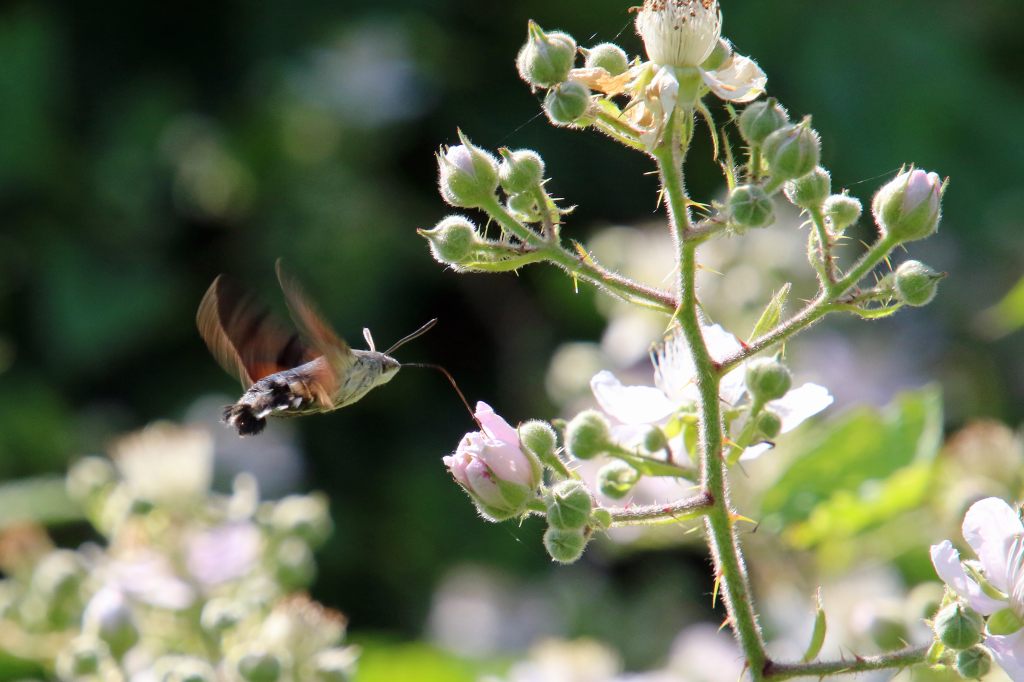
Andrew Cook photographed this Hummingbird Hawk-moth (Macroglossum stellatarum) on 20 June while he was doing a butterfly survey.
This Pyramidal Orchid (Anacamptis pyramidalis) was discovered on Portway Hill by Andrew Cook on 24 June. It’s the first record of this orchid at this site, and only the 10th record in the whole of Birmingham and the Black Country. A fantastic record! Photograph by Mike Poulton.

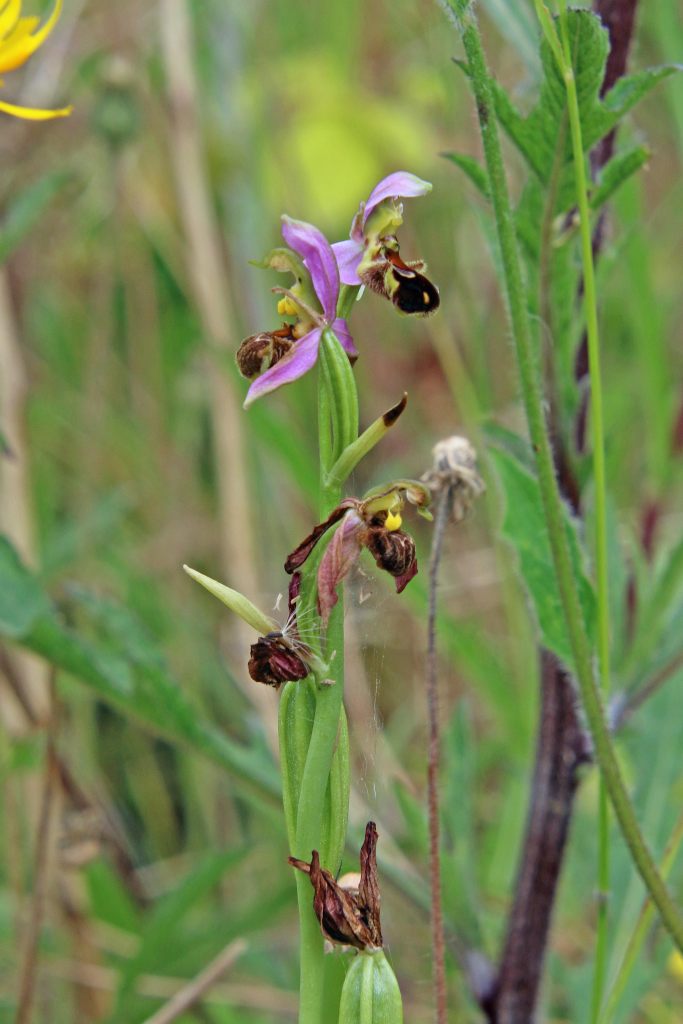
On the same day, this Bee Orchid (Ophrys apifera) was also photographed by Andrew Cook. One or two Bee Orchids usually appear somewhere on Portway Hill every year, but they are unpredictable!
A Buff-tip moth (Phalera bucephala) caterpillar photographed on 12 August by Mike Poulton.
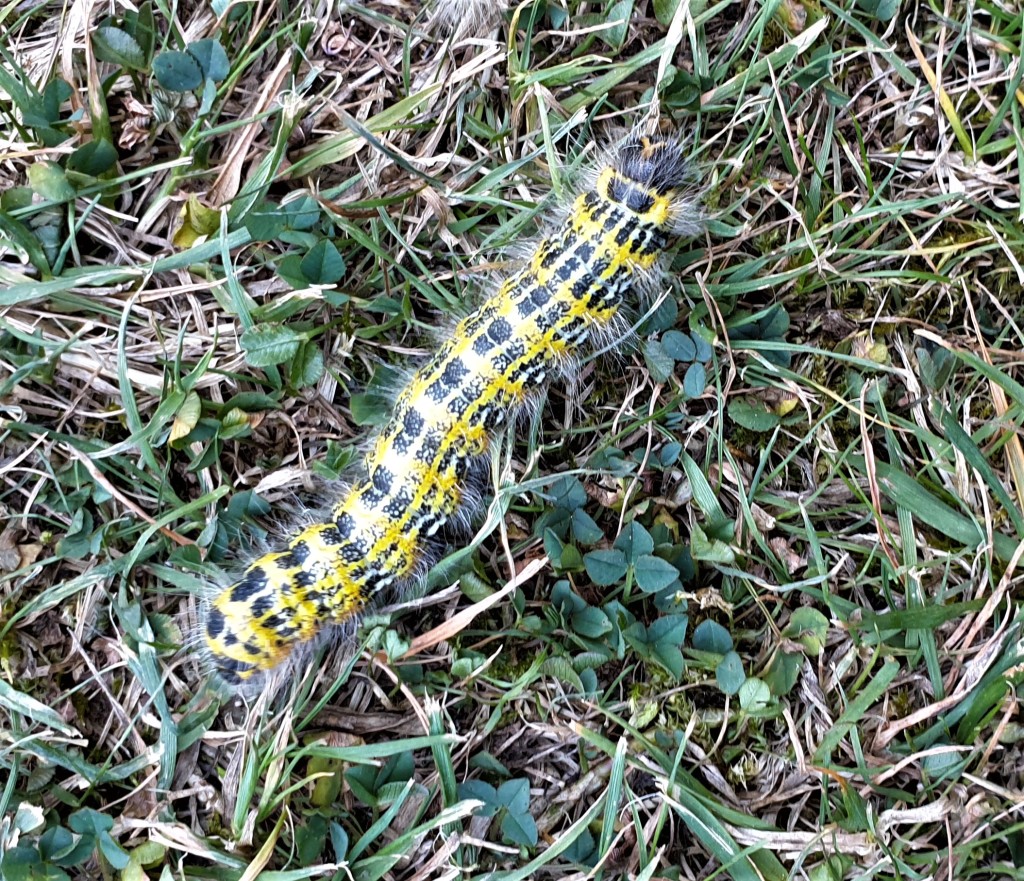

On 2 September, 8 hibernating Herald Moths (Scoliopteryx libatrix) were found and photographed by Mike Poulton in an outbuilding in the Portway Hill area. This is another new record for the site.
On 10 September a local dog walker reported to the Wildlife Trust volunteers working on the hillside that he’d just seen a huge Elephant Hawk-moth (Deilephila elpenor) caterpillar walking across the path in front of him. We didn’t manage to find and photograph it, but here is a photo taken by Mike Poulton of the moth that the caterpillar would metamorphose into!
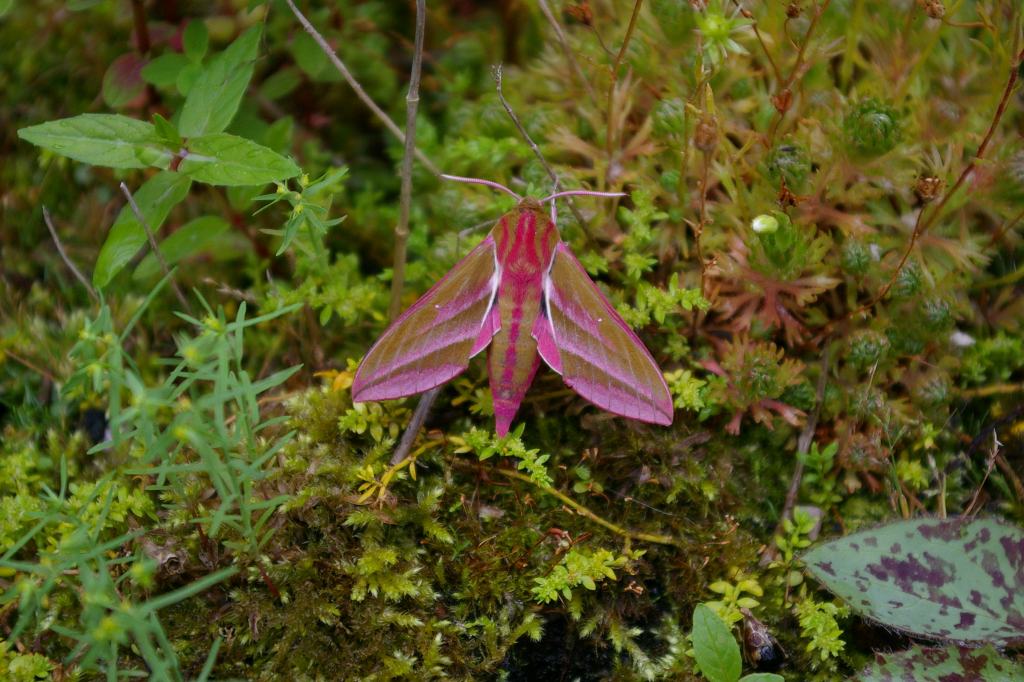
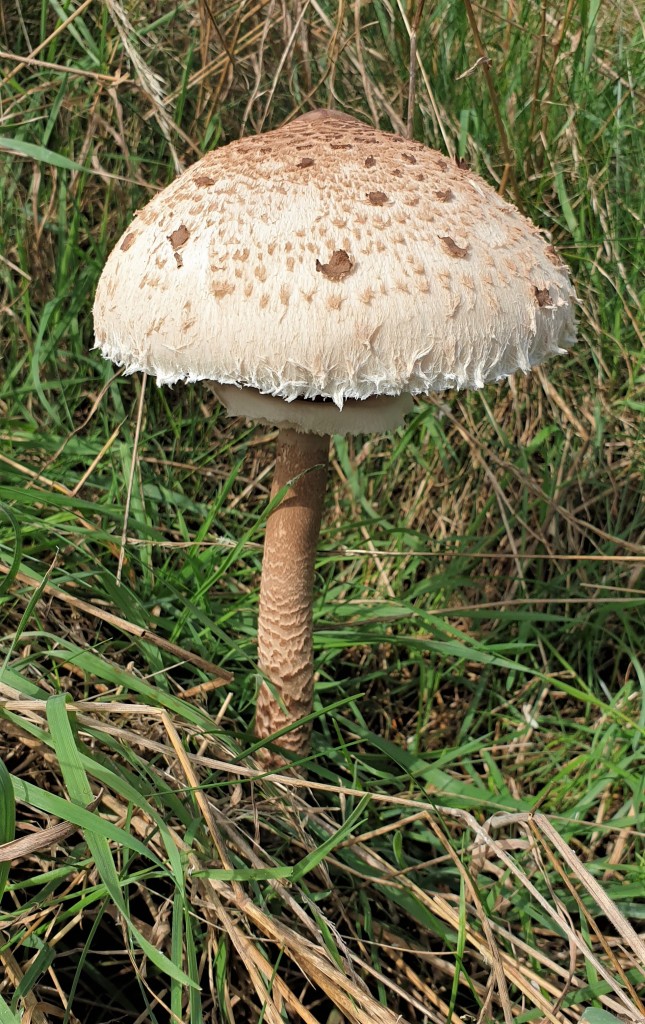
This Parasol Mushroom (Macrolepiota procera) was photographed on Portway Hill by Mike Poulton on 13 September.
Here are a few photos of some recent sightings on the Rowley Hills – a superb male Sparrowhawk photographed by Andrew Cook on his garden fence, a Ring Ouzel on a migratory stop-off en route to his breeding grounds also photographed by Andrew (from his house!!); and a Tawny Mining Bee and newly emerged male Orange Tip butterfly, both photographed by Mike Poulton.






We had very successful moth trapping event on Portway Hill last month, with 29 moth species recorded as well as 2 shield bugs – see below for the full list and some photos. Thank you to Richard Orton of Sandnats for organising the event and bringing along his moth traps, and to Dave and Wendy Yale at Portway Farm for giving us permission to use their field for the event.
| Wainscot Smudge |
| Pied Smudge |
| White-shouldered House Moth |
| Brown House Moth |
| Dingy Dowd |
| Light Brown Apple Moth |
| Common Yellow Conch |
| Mother-of-Pearl |
| Yellow Shell |
| Grey Pine Carpet |
| Phoenix |
| Common Marbled Carpet |
| Green Carpet |
| Double-striped Pug |
| Brimstone |
| Dusky Thorn |
| Spectacle |
| Copper Underwing agg. |
| Vine’s Rustic |
| Lunar Underwing |
| Centre-barred Sallow |
| Common Wainscot |
| Flame Shoulder |
| Large Yellow Underwing |
| Lesser Yellow Underwing |
| Lesser Broad-bordered Yellow Underwing |
| Square Spot Rustic |
| Setaceous Hebrew Character |
| Yponomeuta sp. |
| Hawthorn Shield bug |
| Red-legged Shield bug |








With lockdown restrictions easing, we’ve been lucky to be able to start holding events again on the hills. First up, here are a few photos from our dawn chorus walk last month when, although we had a good range of sightings, the conditions were not all that great for photography:




And here are many more photos from the Wildflower Society-funded identification event from this month, when conditions were a little more favourable for photography! We spotted many wildflowers and insects, with Flower Crab Spider and Lime Hawk-moth being new records for the site; the spider was only the 2nd record for Birmingham and the Black Country. This spider is spreading up from the south so be on the lookout for it in your area.



























On a recent walk from Warrens Hall Nature Reserve, up across Dudley Golf Course, and onto the Portway Hill site, Mike Poulton, Matt Hadlington and Tom Hartland-Smith had several interesting sightings. A regular dog walker stopped to tell them that at about 7pm on a previous evening, as he was returning from a walk, up on his neighbour’s roof was an Eagle Owl! Matt said that there had also been a recent Eagle Owl sighting at nearby Sheepwash Lane in Oldbury – it’s likely that these sightings were of the same individual, possibly an escaped pet or falconry bird. And if that wasn’t enough, on the way back to his car, Tom watched a Red Kite fly across. However the group’s first two sightings were of a tiny Common Toad, and a Pygmy Shrew. The toad was very much alive; the shrew was sadly deceased, but this is not unusual for these incredibly tiny mammals as the following information from Mike explains.
Pygmy Shrews are found throughout the UK; their habitat is woods and hedgerows and they can be seen all year round. They are our smallest mammal, up to 55mm from the tip of the nose to the base of the tail. The tail can be up to 45mm long, around three quarters the length of the body (unlike the larger Common Shrew, whose tail is only half the length of it’s body). The average weight is about 4 grams, the same as a one penny coin.
Shrews superficially resemble mice but with a longer, pointed snout, and even when fully grown are only around a quarter of the size of a House Mouse. The thick fur is brown on top and greyish-white below, and grows thicker in the autumn to help maintain body heat during the winter months.
Pygmy Shrews needs to consume food every two hours or so in order to maintain their body temperature. Their diet consists of spiders, beetles, woodlice, slugs and other small invertebrates. Active day and night searching for their next meal, the Pygmy Shrew literally lives its life in the fast lane. This unmarked specimen could have died of starvation because it hadn’t eaten for a few hours!
The breeding season runs from April through to August, and female Pygmy Shrews produce between two and eight young per litter, in an underground nest. The gestation period is a little over three weeks, and a female can produce up to five litters in one year. The life span of this tiny mammal is approximately 15 months.


We hope you are keeping safe and well. The current lockdown feels like the hardest yet, with the short days and wintery weather to contend with – however the hills are always open for your daily exercise and even in winter nature provides ever-changing interest, as these photos taken recently by Mike Poulton illustrate. With spring on the way, there will be even more to see so keep your eyes open when you’re out and about on the hills!
















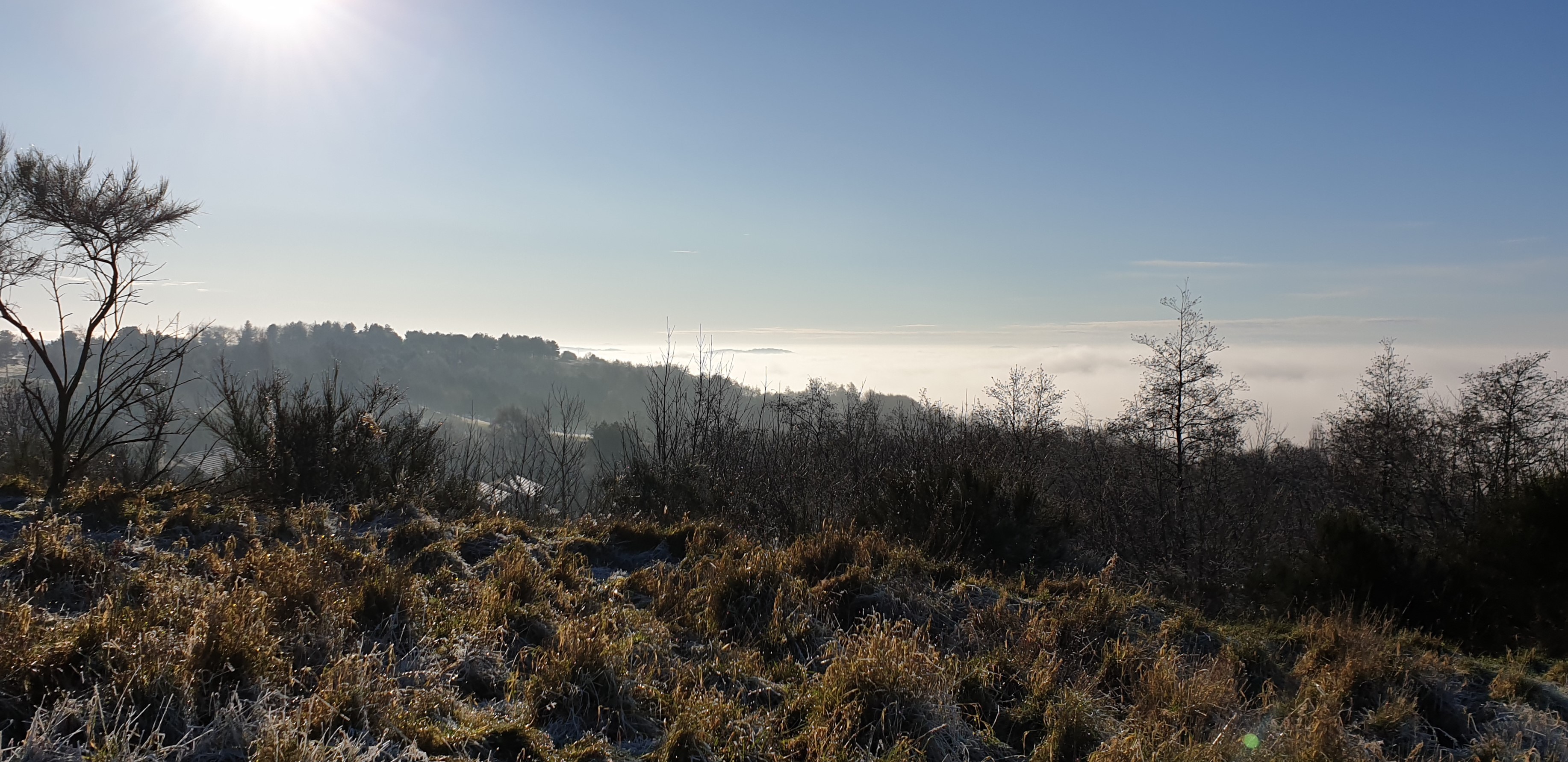




On the 10th of July this year, the Black Country became a UNESCO Global Geopark. This prestigious UN status has been awarded in recognition of the Black Country’s internationally important geology stretching back 428 million years, and its cultural heritage; inextricably linked to the area’s geology, this reveals the significant part the Black Country played in the industrial revolution. More than 40 geosites within the geopark have been chosen to tell its story, including the rock face on the Wildlife Trust’s Portway Hill reserve (geosite 23). Click here to read the full story!
Of course, because of the pandemic and the restrictions imposed by lockdown, we haven’t had much to report in 2020 in the way of events. However the hills remain an important oasis where people can spend much-needed time outdoors, and nature has been getting on with things regardless of the virus. Here is a selection of fantastic photos from Mike Poulton taken over the past few months, showing the varied and beautiful life to be found in the Rowley Hills.


















We hope you have all been keeping safe and well during the lockdown and that nature has been able to provide you with some relief. Mike Poulton from the Friends of Rowley Hills has been able to carry out some butterfly transect walks on the hills while doing his daily exercise, and so far this season has recorded Orange-tip, Speckled Wood, Green-veined White, Small White, Brimstone, Peacock and Small Tortoiseshell butterflies, and Burnet Companion moth.
On the bird front there’s been a pair of Ravens flying over the site (invariably pursued by Carrion Crows), Whitethroat, Lesser Whitethroat, Blackcap, Green Woodpecker, Song Thrush, Swifts and all of the usual common species. FORH member Nick Horton heard a Garden Warbler and a Grasshopper Warbler when he was walking in the hills at the beginning of May.
Another of our members, Mike Siviter, took a fabulous sunrise photograph from Portway Hill in early May. When he got home he sent it to the local BBC television station and it appeared on the BBC’s lunchtime local weather forecast. He has also sent us this rather good photograph of a Whitethroat that he had taken up there.
Although we’ve all been greatly limited recently in our day-to-day activities and you may not have been able to travel to the places you usually go to enjoy the natural world, nature is all around us. Those of us lucky enough to have gardens might find that they are spending a lot more time in them that they used to, and getting to know the local wildlife as a result. Recording what you see can be a great way to engage with the natural world and enjoy all the benefits that this brings – particularly important in these uncertain times. Even if you don’t have a garden, you may be able to see species just from your window or during your daily exercise.
EcoRecord are always interested in receiving any records of wildlife spotted in Birmingham and the Black Country. It doesn’t have to be anything unusual or out of the ordinary, records of the everyday wildlife you see in your garden and local area are just as valuable as records of rarer species. EcoRecord have ready-made recording forms with full instructions on their website at http://www.ecorecord.org.uk/index.php?q=wildlife/forms, so why not start recording wildlife today?